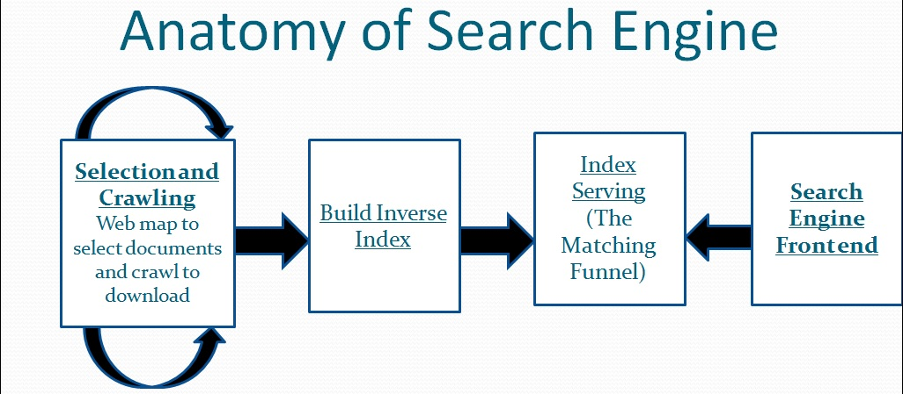How does the image search algorithm work?

Image search algorithms find pictures and images that match specific criteria. They can be used to see photos of people, places, things, or anything you want to search for.
The different algorithms used in an image search algorithm can be changed to fit the needs of the particular search.
Table of Contents
What is an image search algorithm, and How do image search algorithms work?
An free reverse image search algorithm is a set of instructions that help you find pictures and videos on the internet. Image search algorithms search through a database of images and return results relevant to a user’s search query.
- One of the primary ways that image search algorithms work is by using image recognition technology to analyze the content of the images. It involves identifying and extracting features from the picture, such as shapes, colors, and textures, and comparing them to the elements of other photos in the database. The algorithms can also use metadata associated with the images, such as tags, captions, and file names, to help determine the relevance of the photos.
- Other techniques used in image search algorithms include object recognition, facial recognition, and scene analysis. These techniques allow the algorithms to identify specific objects, people, or locations within an image and use this information to improve the relevance of the search results.
Overall, image search algorithms are complex and multi-faceted. It uses various techniques to analyze and understand the content of the images in a database to return the most relevant results to a user’s search query.
Types of Image Search Algorithms:
There are a few different types of image search algorithms that are commonly used, including:
- Content-based image retrieval (CBIR) algorithms analyze the content of an image to determine its relevance to a user’s search query. It can include analyzing the image’s colors, shapes, and textures.
- Text-based image retrieval algorithms use metadata associated with an image, such as tags or captions, to determine its relevance to a user’s search query.
- Hybrid image retrieval algorithms combine the techniques used in CBIR and text-based image retrieval to improve the search results’ accuracy and relevance.
It’s worth noting that these are just a few of the main types of image search algorithms, and many other approaches and techniques may be used as well.
How do image search algorithms work for SEO purposes?
The use of image search algorithms can help improve website visibility and ranking in online search results. Additionally, these algorithms can target specific keywords to help improve your SEO efforts.
Image search algorithms can be used for SEO by helping search engines understand the content of images and enhance the visibility of a website’s images in image search results.
There are a few ways that image search algorithms can be used for SEO:
- When uploading images to a website, it’s essential to use descriptive and relevant file names and alt text. It helps search engines understand the content of the images and can improve the visibility of the images in image search results.
- Submitting an image sitemap to search engines can help them discover and index the images on a website, improving the image’s visibility in image search results.
- A website’s overall SEO can also impact its images’ visibility in image search results. Factors such as the website’s content, the use of relevant keywords, and the overall user experience can all impact the ranking of a website’s images in image search results.
The Advantages of an Image Search Algorithm
An image search algorithm is essential for reverse image search because it allows you to find images that match a user’s search criteria quickly.
It can help you speed up your results by finding images similar to the ones you’re looking for. Additionally, an image search algorithm can ensure that images are not duplicated or re-used multiple times, which can help reduce the time spent on your searches.








